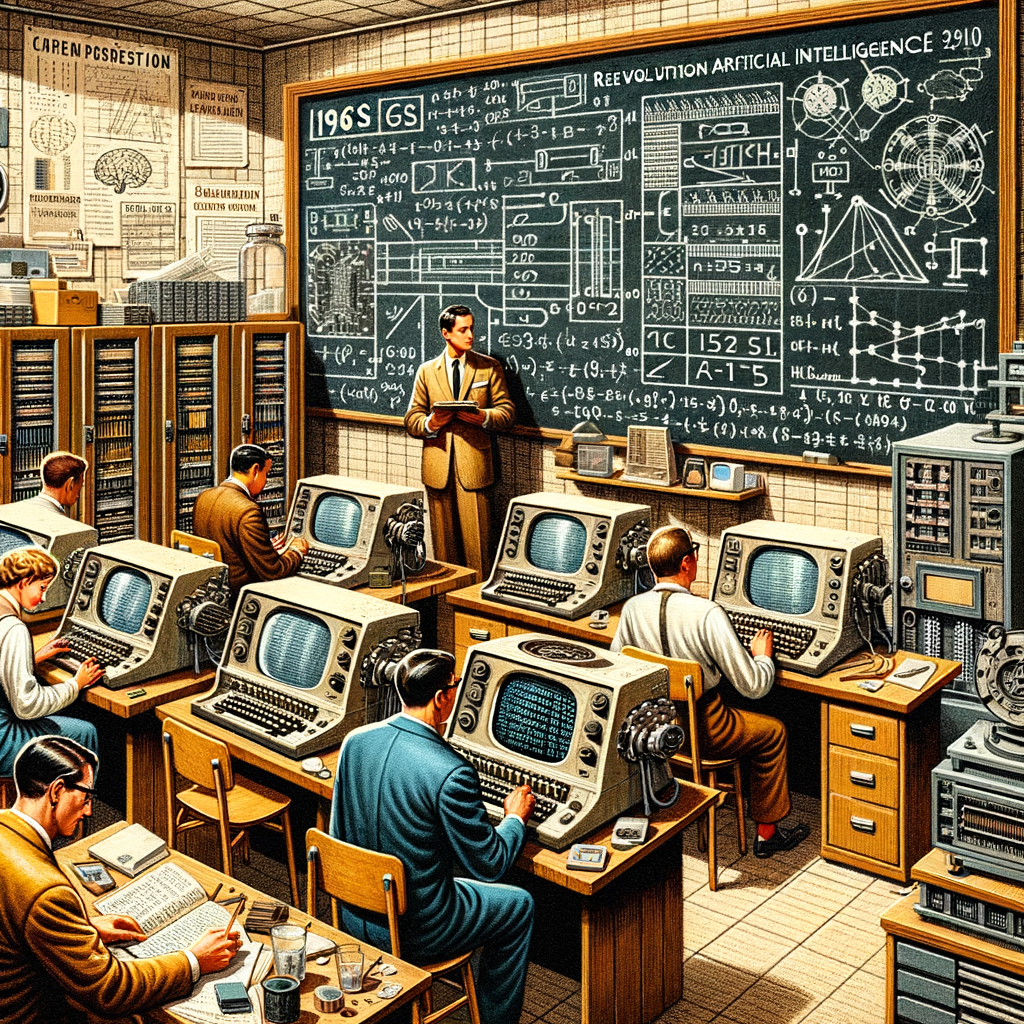The 1960s were a revolutionary decade that saw incredible advancements in the field of artificial intelligence (AI). During this time, researchers and scientists laid the foundation for the development of AI technology that would shape the future of modern society. In this article, we will explore the groundbreaking innovations of the 1960s that revolutionized the field of AI and continue to influence technology today.
The Rise of Artificial Intelligence in the 1960s
The 1960s marked a significant turning point in the development of artificial intelligence. Researchers began to explore the concept of creating machines that could think and learn like humans. This era saw the emergence of early AI programs, such as the General Problem Solver (GPS) developed by Allen Newell and Herbert A. Simon. These programs laid the groundwork for future AI technologies and set the stage for the rapid advancements that would follow in the coming decades.
Pioneering Innovations that Shaped AI Development
Some of the most pioneering innovations in AI development occurred in the 1960s. One of the most notable breakthroughs was the creation of the first artificial neural network, the Perceptron, by Frank Rosenblatt. This groundbreaking technology laid the foundation for the development of deep learning algorithms and neural networks that are now used in a wide range of AI applications. Additionally, researchers like John McCarthy and Marvin Minsky made significant contributions to the field with their work on logic-based AI systems and the development of the first AI programming language, LISP.
Impact of Breakthroughs on Modern Technology
The innovations of the 1960s had a profound impact on the development of modern technology. The advancements made in AI during this decade paved the way for the integration of AI systems into a wide range of industries, from healthcare and finance to transportation and entertainment. Today, AI technologies are used in everything from self-driving cars and virtual assistants to predictive analytics and image recognition. The groundbreaking developments of the 1960s continue to shape the way we interact with technology and are a testament to the power of human ingenuity and innovation.
How the 1960s Revolutionised the Future of AI
The 1960s revolutionized the future of AI by laying the foundation for the development of advanced technologies that continue to shape our world today. The decade saw a convergence of groundbreaking research and technological advancements that pushed the boundaries of what was possible with AI. Thanks to the pioneering work of researchers and scientists in the 1960s, we now have the tools and technologies to create intelligent machines that can assist us in solving complex problems and enhancing our daily lives. The legacy of the 1960s lives on in the AI systems that power our modern world and continue to drive innovation and progress in the field of artificial intelligence.


